About 70 light-years from Earth, a star known as Kappa Tucanae A has long puzzled astronomers. It is surrounded by dust heated to more than 1,000 degrees Fahrenheit, glowing intensely while orbiting extremely close to the star. Under such…
Category: 7. Science
-
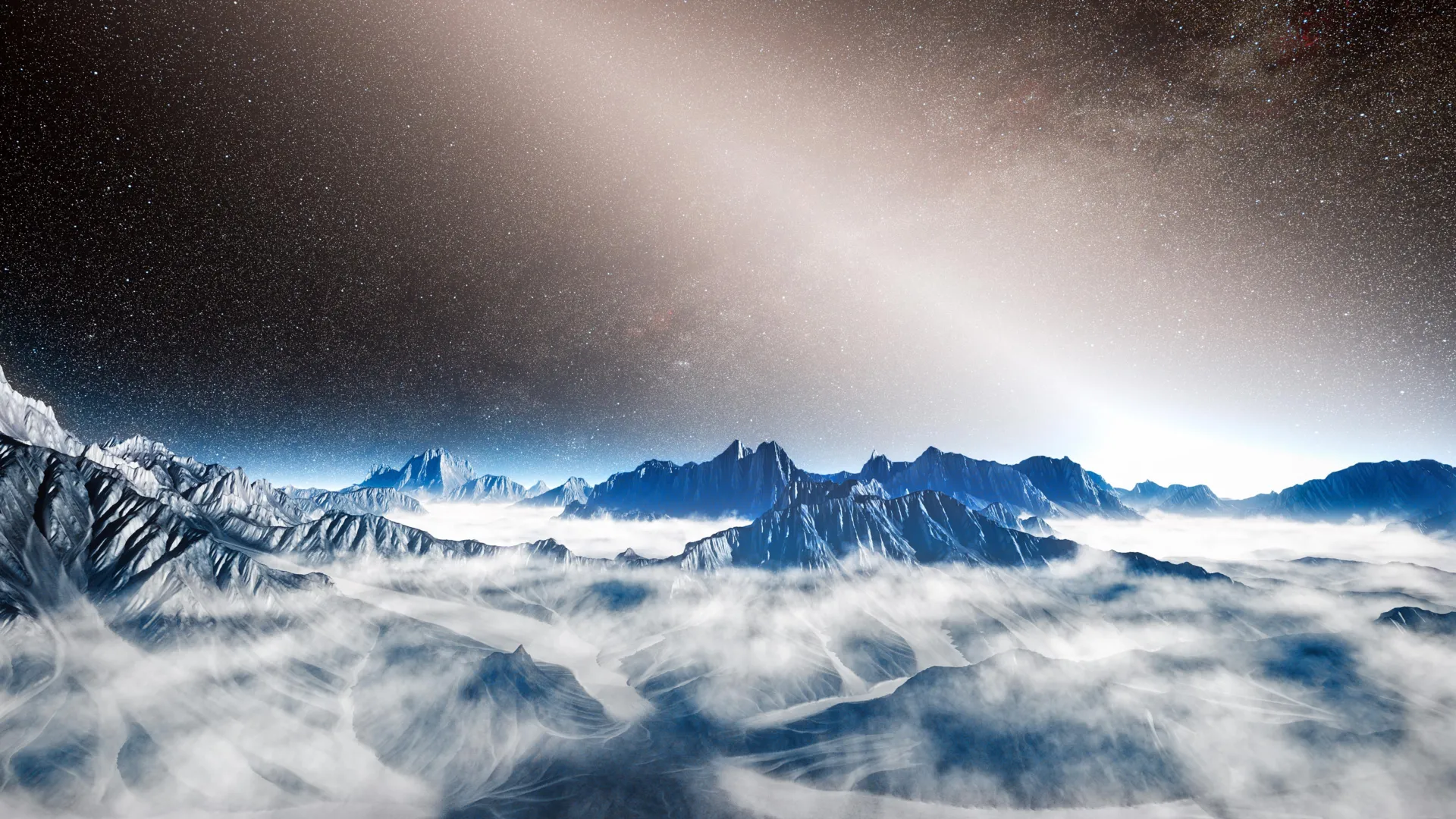
A hidden star found where dust shouldn’t exist
About 70 light-years from Earth, a star known as Kappa Tucanae A has long puzzled astronomers. It is surrounded by dust heated to more than 1,000 degrees Fahrenheit, glowing intensely while orbiting extremely close to the star. Under such…
Continue Reading
-
The Copernicus 'Sentinel-6B' Satellite Returns First Data Images After Launching Last Month – SpaceWatch.GLOBAL
- The Copernicus ‘Sentinel-6B’ Satellite Returns First Data Images After Launching Last Month SpaceWatch.GLOBAL
- First image from Sentinel-6B extends sea-level legacy European Space Agency
- Sentinel-6B’s ‘First Light’ Captures Atlantic Ocean…
Continue Reading
-

Beachy Head Woman may be ‘local girl from Eastbourne’, say scientists | Archaeology
Beachy Head Woman, a Roman-era skeleton once hailed as the earliest known black Briton and who scientists later speculated could be of Cypriot descent, has now been shown to have originated from southern England.
The mystery of the skeleton’s…
Continue Reading
-

Literary Hub » On Henry David Thoreau’s Ultimate Instrument of Perception, the “Kalendar”
In the spring of 1860, at the height of his intellectual powers and the peak of his political engagement, Henry David Thoreau created something new. Part blueprint for a grand new work, part scientific chart, part picture of temporal…
Continue Reading
-
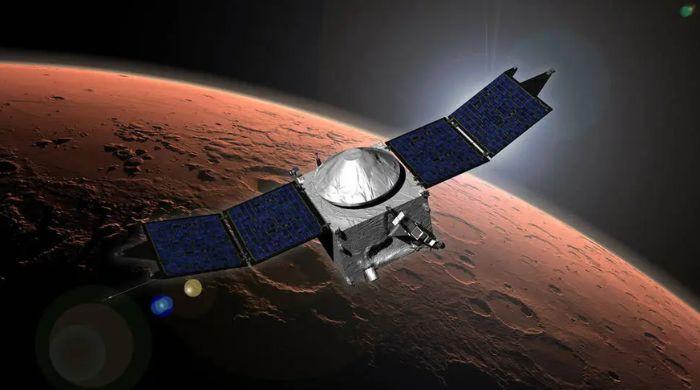
Did comet 3I/ATLAS knock MAVEN offline? NASA faces questions
Did comet 3I/ATLAS knock MAVEN offline? NASA faces questions The National Aeronautics and Space Administration (NASA) has shared a troubling update that one of its spacecraft orbiting Mars has gone dark since its…
Continue Reading
-

The Faculty of Science and Engineering’s 2025 news highlights
Over the past year, the Faculty of Science and Engineering has delivered a wide range of work, from pioneering research breakthroughs to impactful collaborations and well-deserved recognitions. This review…
Continue Reading
-
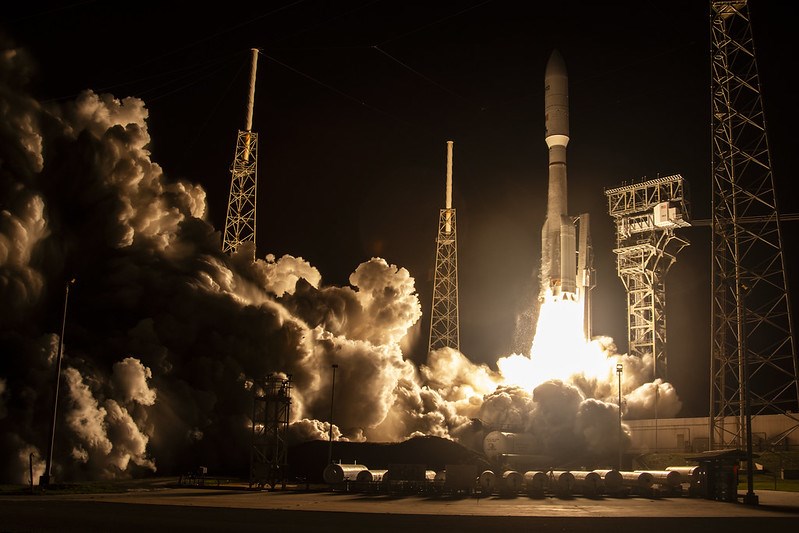
ULA Enables Expansion of Amazon Leo Constellation through 4t
A United Launch Alliance (ULA) Atlas V rocket carrying the Leo 4 mission for Amazon lifted off on Dec. 16 at 3:28 a.m. EST from Space Launch Complex-41 at Cape Canaveral Space Force Station. This mission demonstrates the strong…
Continue Reading
-
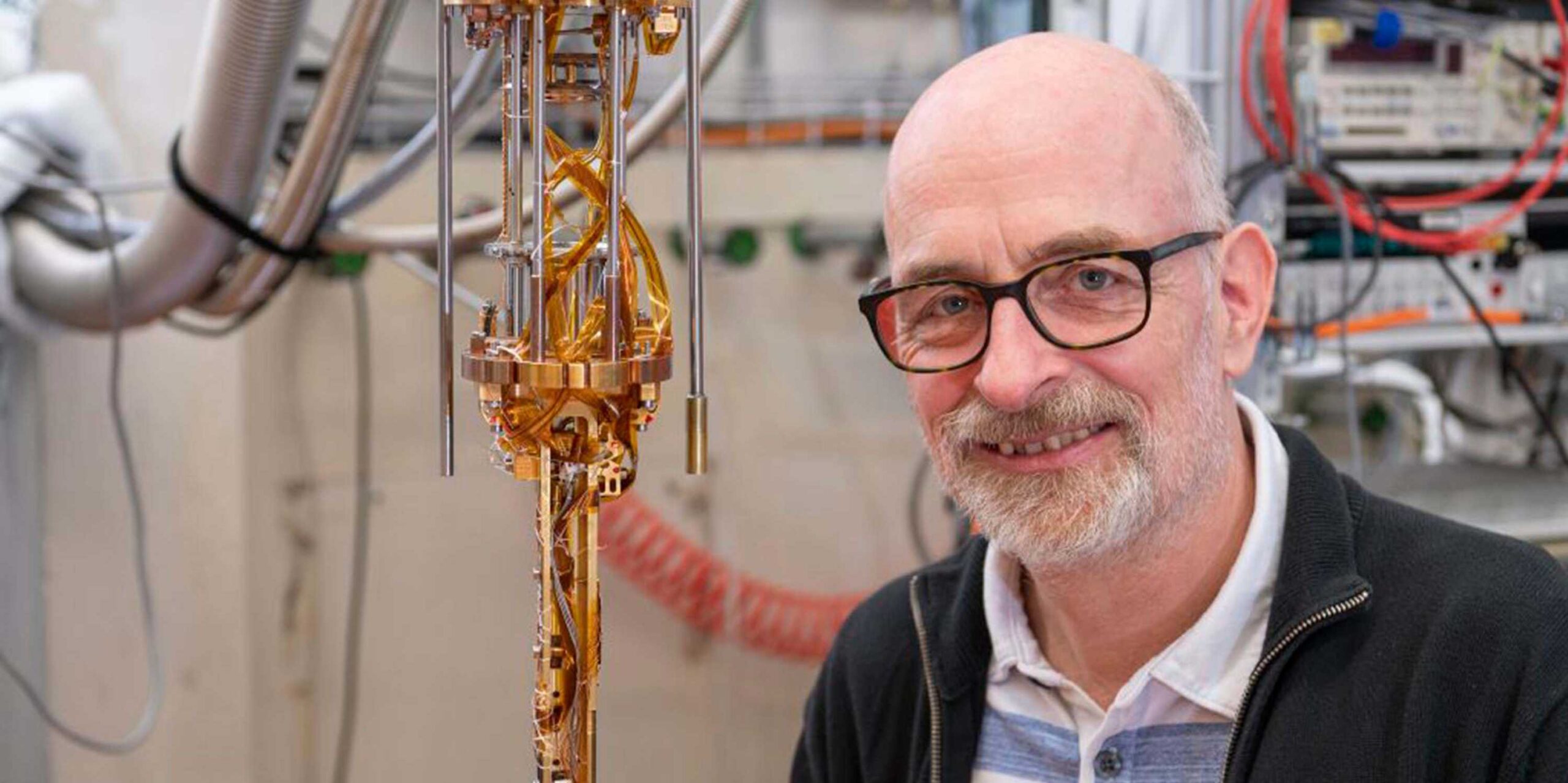
Quantum Mechanics Upended Our Thinking
The Nobel Prize in Physics was officially awarded to three quantum researchers last week. How important was their work to quantum research?
Klaus Ensslin: Experiments conducted by these three researchers forty years ago demonstrated that quantum…
Continue Reading
-
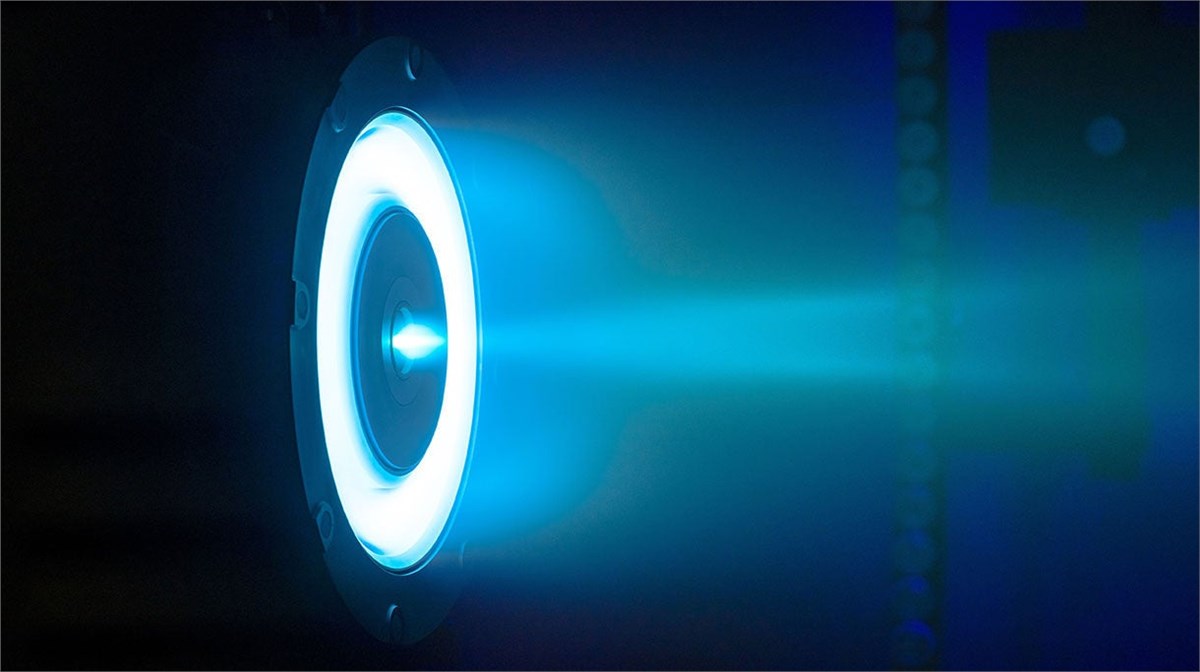
L3Harris Delivers Most Powerful Thrusters for NASA’s Lunar G
L3Harris Technologies (NYSE: LHX) and NASA have completed testing and delivery of three 12-kilowatt Advanced Electric Propulsion System (AEPS) thrusters for the Power and Propulsion Element (PPE) of the agency’s lunar-orbiting…
Continue Reading